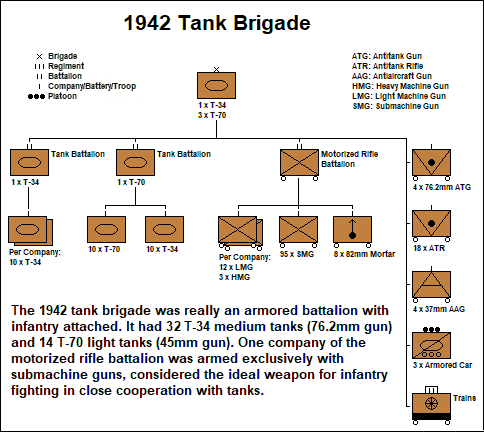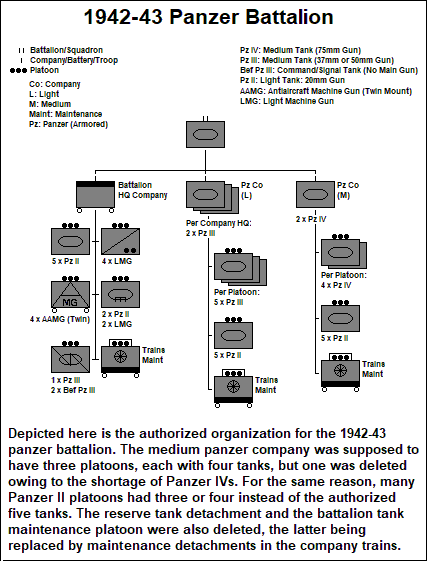Derek Pullem
Donor
Bit misleading. This link has German tank deliveries by month to North Africa.Losses on the German side for the North African campaign, according to wikipedia, amounted to ~22K troops killed or missing, and ~180K captured, plus the loss of (collectively with the Italians), 2,550 tanks ~70,000 trucks, ~6,200 guns, ~8,000 aircraft and ~2.4M tonnes of shipping. Sure this won't mean all that much on the offensive, but once the tide turns, the Germans will have fractionally more soldiers, and they'll be slightly better equipped, which, combined with the increased losses the Soviets are taking here, might slow the Soviets down in their advance.
https://rommelsriposte.com/2013/03/07/german-tank-arrivals-in-north-africa/
yes there would be some more tanks available but probably not more than 7-800 of Pz III / IV / Tiger
Trucks are a double edged sword as the Redball Express found out later in France. They can help over a short distance but the longer the lines run (as in Case Blue), the more they are drinking their own fuel.
The real reinforcement of North Africa actually came after the defeat at Stalingrad

